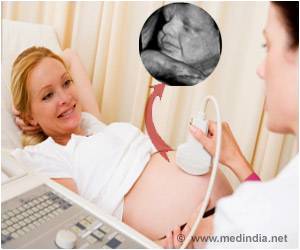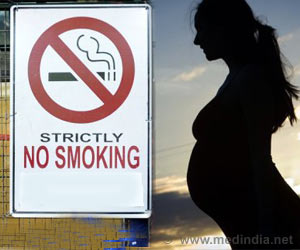Being able to place an economic cost on stillbirth could help shift the issue as one seen as a personal problem, something that effects individual families.

The Stillbirth Foundation Australia commissioned PriceWaterhouseCoopers (PwC) to conduct the study, as part of its efforts to draw more attention to the number of babies stillborn in Australia each year.
The Foundation said while the emotional toll on families was incalculable, it is first time the economic cost of stillbirths has been modelled.
PwC found almost $280m would be lost from the economy between 2016 and 2020 because parents who had suffered a stillbirth would be absent from work, or unable to carry out all of their regular duties.
Foundation patron Kristina Keneally said being able to place an economic cost on stillbirth could help shift the issue as one seen as a "personal problem, something that effects individual families" to a "health crisis, a health challenge that has economic cost to our community", hopefully prompting governments to respond.
"Both our states and federal governments should look at stillbirth for what it is – a health problem for which there are promising leads, which suggest we can reduce it," she said.
Advertisement
Source-Medindia









